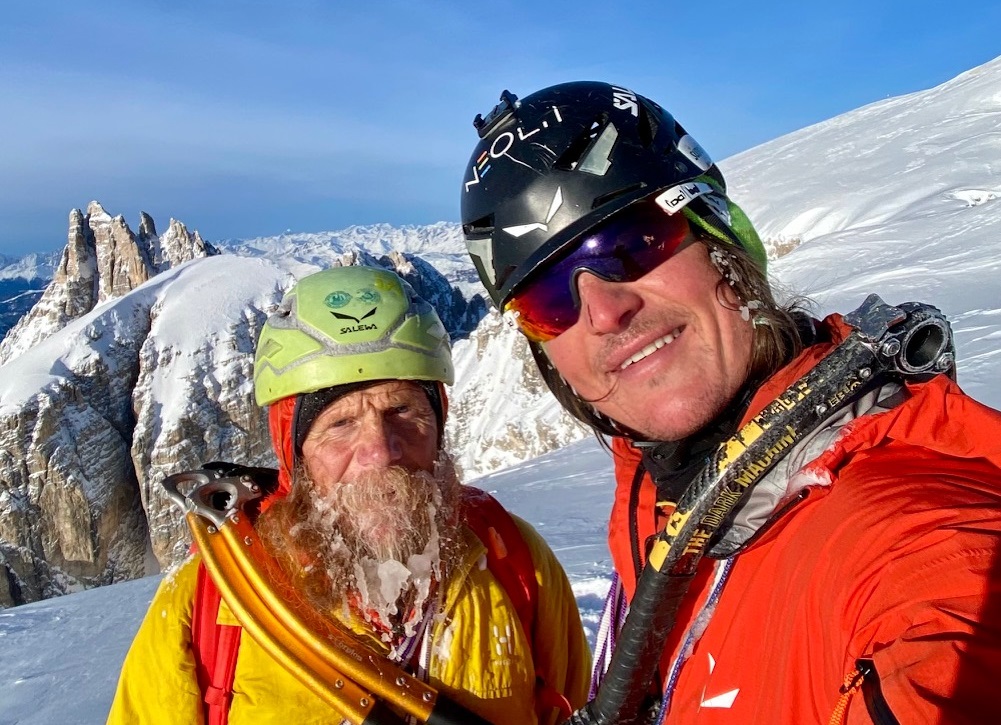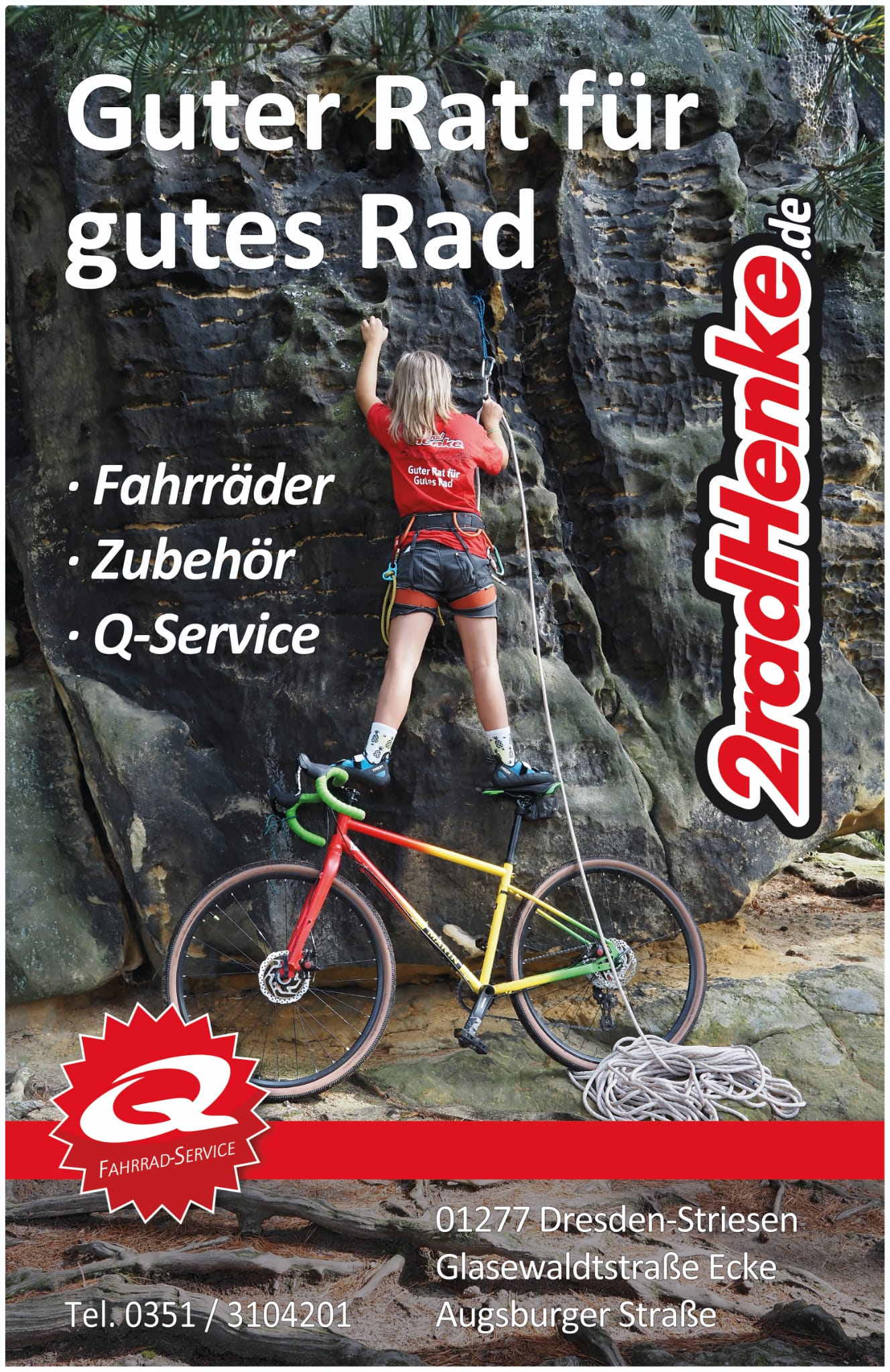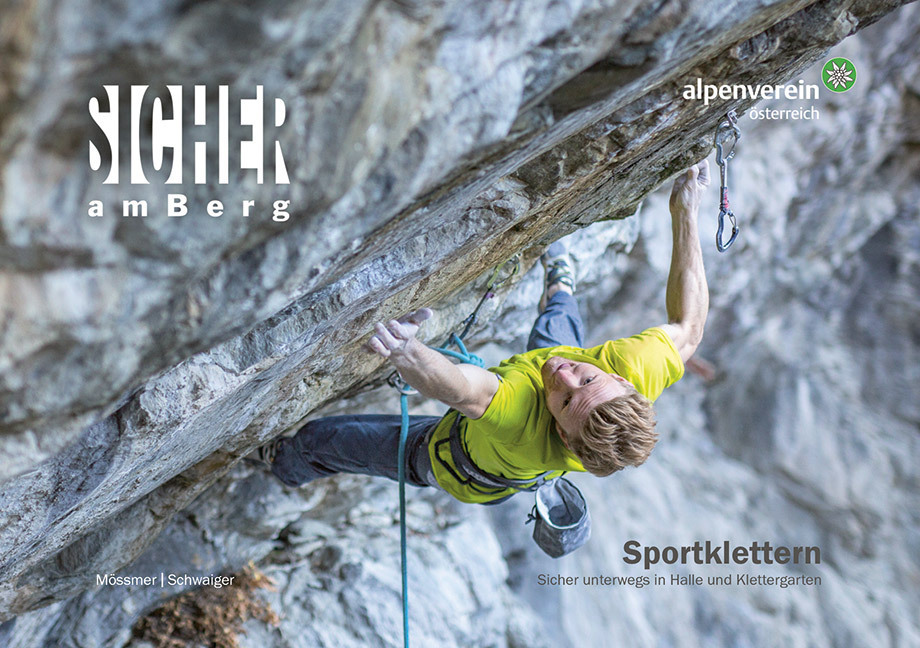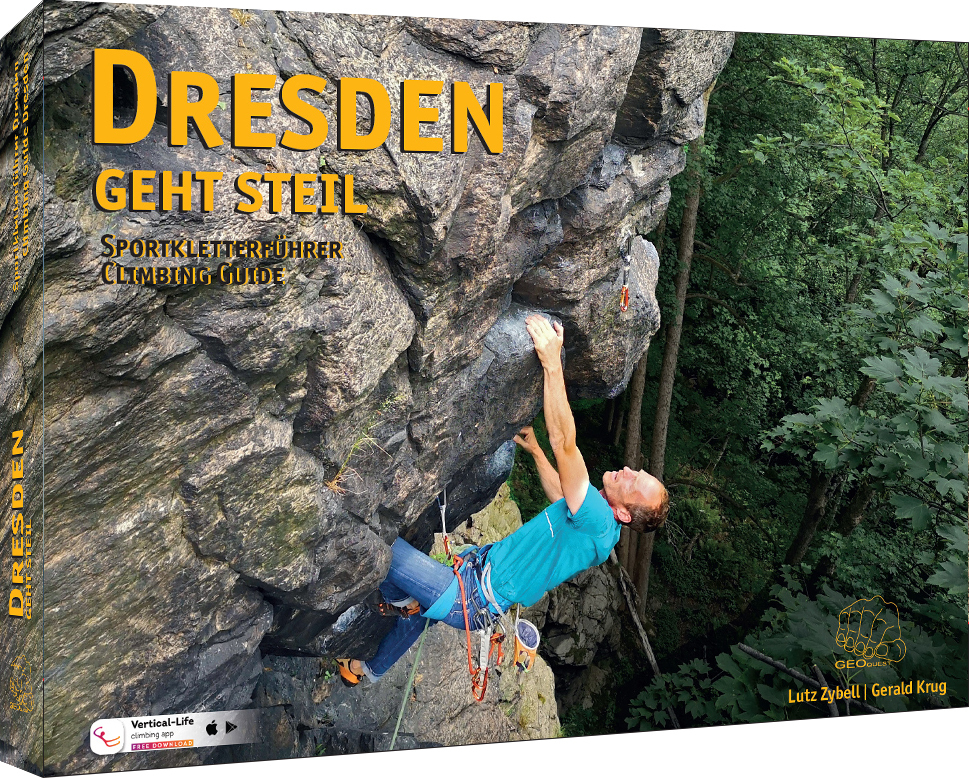 I had to postpone my solo bigwall expedition to Greenland this year due to the
I had to postpone my solo bigwall expedition to Greenland this year due to the
COVID-19 crisis and an entry ban. Northern Norway came to my mind again as
an alternative. The time during lockdown was difficult and it was a great feeling
to finally travel again, climb, and enjoy the tranquility of the mountains.
In 1998 my wife Daniela and I visited the Lofoten Islands, an archipelago north
of the polar circle. We were on our honeymoon climbing adventure. Mighty
peaks rise from the ocean there. We were able to do the first ascend of “Freya”
on the north face of Vagakallen, a 900-meter route ranging in the 9th grade. It
was our highlight. Back then we saw the Pyramid of Stetind for the first time in
the distance. Norway has been a destination of choice for me since then.
Especially in winter for ice climbing. Its wild mountain ranges with the granite
walls are beautiful and have remained mostly unbeknownst in my home
country.
The Stetind, 1392 meters, national mountain of Norway, also called the Anvil of
the Gods, is the largest granite obelisk on earth. It’s been on my wish list since
then.
 When climbing rope solo style, the climber belays himself in hard terrain. This
When climbing rope solo style, the climber belays himself in hard terrain. This
means that the passage has to be climbed in lead, then you have to abseil back
down to remove protection and then you have to ascend again to your highest
point. After a few easier rope-solo routes to warm up I concentrated on my main
goal.
Once the rough Norse weather offered a fair-weather window, I was already at
the base of the approximately 800-meter-high south face of the Stetind. I made
ground without protection in easy terrain until the wall began to get steeper. I
discarded my initial plan to climb the Guldfisken Route because rockfall had
deployed rubble on the ledges of the vertical wall. The noticeably large dihedral
further to the right looked good. The only problem was that it ended on plain
slabs. A big question mark was if you could continue to climb further.
Uncharted territory? My biggest passion is to explore unknown terrain. I don’t
know what to expect and that means lots of adventure. To achieve something
like this solo poses the biggest challenge to me.
I climbed pitch by pitch, or rather, I climbed up, down, and up again. It was
very tedious but at least I wasn’t getting cold since I had no breaks in between
and kept on moving! I have come to develop a routine while rope soloing over
the course of the years and I get into a good rhythm. I’m about as fast as a rope
team. The challenges and the risks are much higher when going solo and every
step must be thoroughly thought through. But I especially enjoy being alone in
nature with myself. The contrast to everyday life in the valley is strongest for
me during extreme situations in the mountains. They open my eyes and I grow
though them in many respects.
I reached the south pillar after two-thirds of the wall height, free climbing, using
only the rock as holds, working with the rope and mobile protection in clean
climbing style. Ten hours later I reached the peak via the pillar at midnight. I
accomplished the first ascend of “Goldfinger” (6b+), a new variation on the
south pillar. The midnight sun disappeared below the horizon but it was light
enough all night to climb without a headlamp. Strong winds made the descend
difficult but I reached basecamp down at the Tysfjord after 20 hours, tired but
happy.
Further routes followed after a few days of rest, like the first solo ascent of
Torskefiskaren (6b+, clean, 300 m), a challenging route on Kugelhornet. Also,
the Eidetind Traverse vis the route Engelsdiederet and the first solo ascent of
the Swiss Variation (6a+, 300 m) on the south-east pillar of the Rundtind.
To sum it all up I can say that Norway is an absolute paradise for adventurous
climbers, true to the motto: “Climb wild!” The climbing routes are barely
developed and you need to place protection yourself. All this in a wild mountain
scenery with constantly changing weather. It’s simply raw adventure!
Author: Robert Jasper
https://vimeo.com/458122242
















Genau, liebe Helga, weil dein Weltbild nicht zulässt, dass sich Gesellschaften und ihr Blick auf die Geschichte verändern und damit…
Allein die Frage scheint ein perfektes Beispiel eines linksgutmenschlichen Bilderstürmers zu sein. Selbstverständlich sind solche Begriffe nicht rassistisch, sondern die…
Ich reiche hiermit die fehlende Quelle des Direktzitats nach: https://kayakandclimb.blogspot.com/2023/11/free-karma-on-half-dome.html?m=1
Please contact Tobias Wolf via https://kayakandclimb.blogspot.com/ Cheers Gabi
Hi ! well done for the FFA of Charliberté !! I'm looking for a really good picture of this area…